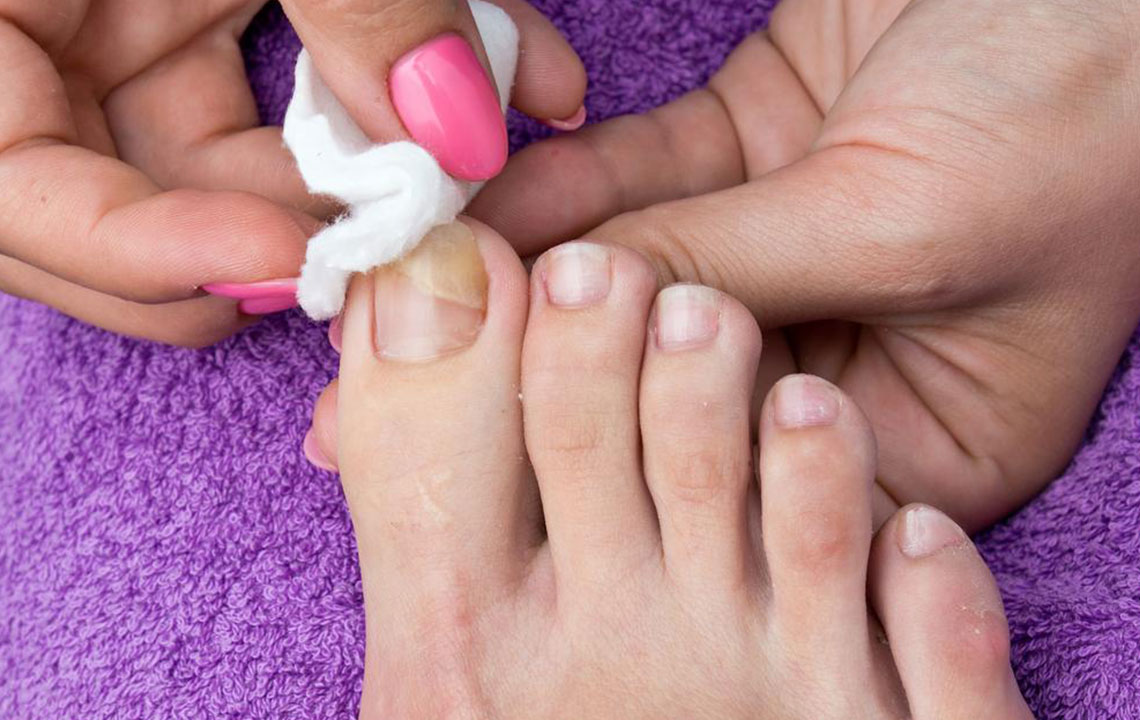Effective Approaches to Combat Nail Fungal Infections
This article offers a detailed overview of nail fungal infections, including causes, symptoms, risk factors, and treatment options. It emphasizes proper nail hygiene, prevention strategies, and the importance of consulting healthcare professionals for effective management. The information aims to help individuals identify infection signs early and seek appropriate care to maintain healthy nails and prevent complications.

Comprehensive Guide to Nail Fungal Infections and Treatment Options
Nail fungal infections develop when fungi invade the nail bed, often through cracks or damage in the nails or surrounding skin. This leads to nails that become thickened, discolored, and brittle, frequently turning yellow or white. While various therapies exist, recovery requires patience. Before choosing a treatment plan, understanding the causes and typical signs of fungal nail infections is essential.
Origins of Nail Fungal Infections
The infection results from fungal overgrowth underneath or inside the nail, which prospers in moist, warm environments. Similar fungi are responsible for athlete’s foot and ringworm. These infections are contagious and can spread via contact. Toenails are particularly vulnerable due to their enclosed position inside footwear.
Factors Increasing Risk
Several elements raise the likelihood of developing a fungal nail infection, including:
Diabetes mellitus
Poor blood circulation
Being over 65 years old
Use of fake nails or nail injuries
Exposure to communal swimming pools
Skin wounds near nails
Inadequate drying after washing
Weakened immune defenses
Men are generally more at risk than women, and genetics can play a role. Older adults are especially susceptible due to slower nail growth and increased nail thickness, fostering fungal development.
Signs and Symptoms
Indicators of a fungal nail infection include:
Thickening or scaling beneath the nail
White or yellow streaks or spots on nails
Damaged or crumbling nail edges
White flakes or pitted surfaces
Loss of the nail in advanced cases
Other symptoms can be brittle nails, foul smell, or discoloration. If untreated, the infection can spread and cause irreversible damage.
Treatment Options
Over-the-counter remedies are generally not recommended for fungal nail infections. Medical professionals often prescribe oral antifungals, topical treatments, or nail lacquers depending on severity. Patience is key, as noticeable improvement may take weeks or months.
Possible Complications
Recurrent infections
Nail loss
Spreading or discoloration
Secondary bacterial infections such as cellulitis
Preventive practices include maintaining good nail hygiene, keeping nails dry and trimmed, avoiding injuries, and limiting exposure to environments conducive to fungi. Proper nail care reduces risk significantly.
Home Care and Prevention Tips
Use antifungal powders or sprays regularly
Wash hands after touching infected nails
Ensure feet are dry after bathing
Get manicures and pedicures from reputable salons
Wear breathable cotton socks
Avoid walking barefoot in public areas
Limit use of nail polish and artificial nails
Disclaimer:
This blog provides general health information, but it should not replace professional medical advice. For persistent or severe cases, consult a healthcare provider. Treatment options may vary, and current schemes might not be reflected here.


